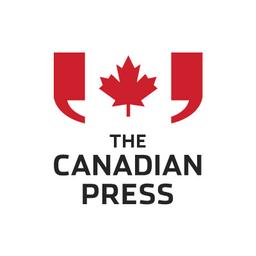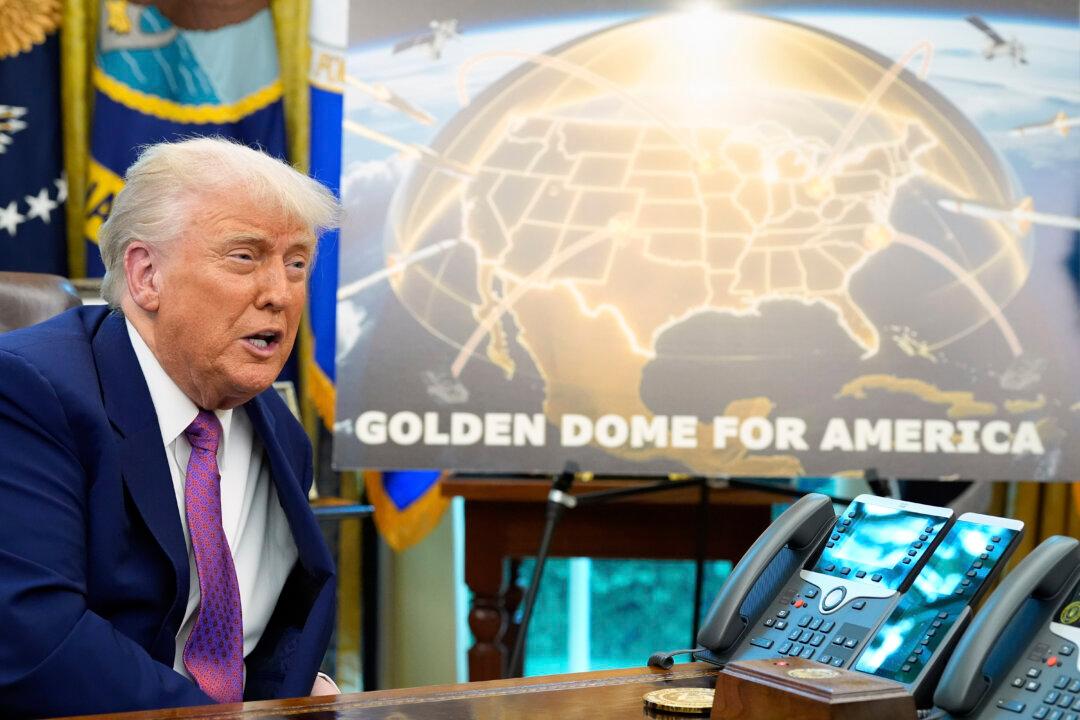ATLANTA—In the delicate dance of presenting a major free-trade agreement in the heat of an election campaign, the civil service was determined that it—not politicians—take the lead in describing the deal to Canadians.
The promotional materials released this week to proclaim the new Trans-Pacific Partnership were edited by functionaries and scrubbed of any hint of partisanship from a government seeking re-election.
Different sources confirmed some bits were taken out. One noted that the government usually presents trade deals with a little more pizzazz than this week’s press release titled: “Government of Canada Delivers New Programs For Supply-Management Sector.”
“We almost had two hands tied behind our back,” a political source explained.
“We couldn’t have said, ‘Under the leadership of the prime minister...’ We couldn’t say how many free-trade deals we’ve had... No rhetoric, no hyperbole.”
It was a strange week.
A unique moment in Canadian history unfolded in Atlanta, where a government two weeks from an election completed negotiations for the largest trade zone in history.
The scene featured watchful civil servants; winking-and-nudging from provincial delegations; a lobby crammed with lobbyists; and hordes of indefatigable Japanese journalists who staked out a staircase day and night, occasionally catching a wink of sleep in one of the hallway chairs.
In retrospect, the enormous pizza delivery was an ominous sign.
The downstairs lobby of a hotel-and-convention complex was abuzz with anticipation of a scheduled news conference to announce the agreement on the afternoon of Sunday, Oct. 4.





